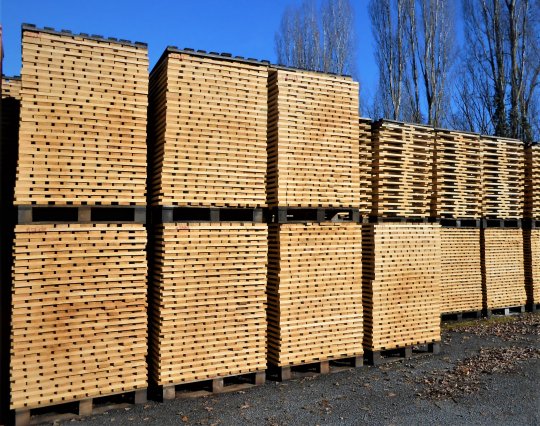What are the aromatic and tannic attributes for each drying period?
The development of certain fungi (Aureobasidium pullulans, Trichoderma azianum, T. konongii) on the surface favours the content of certain compounds such as eugenol, vanillin and whiskylactone. For whiskylactone, there is a change from the trans to cis form during drying, which renders it more perceptible to the nose. Longer drying increases their proportion, especially during warmer periods and when there is little frost during the year.
The impact on the ageing of the staves is strongly dependent on the region's climate conditions and on the desired objective for the barrel. This is why there is a wide range of products on the market.
Drying the wood artificially in ovens is also possible, but is very expensive and results in lower quality. The water-soluble polyphenols are not reduced, which causes astringency and bitterness. The sole objective is to reach the desired moisture content in the wood. This method can be used at the end of the process to adjust the moisture content and make the barrel correctly.
On an organoleptic level, shorter drying times are supposed to yield barrels richer in vanillin and with more pronounced aromas.

